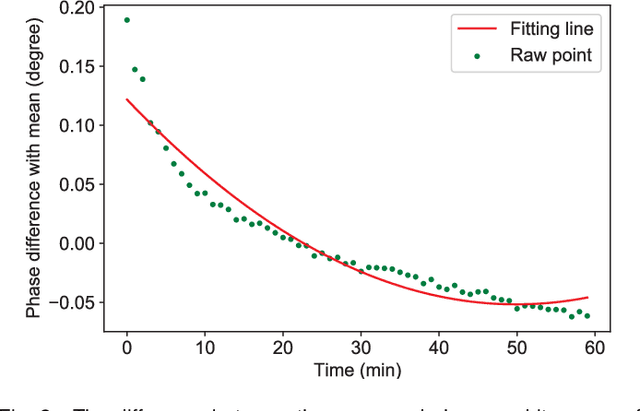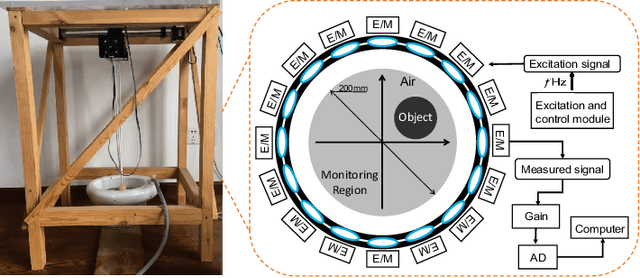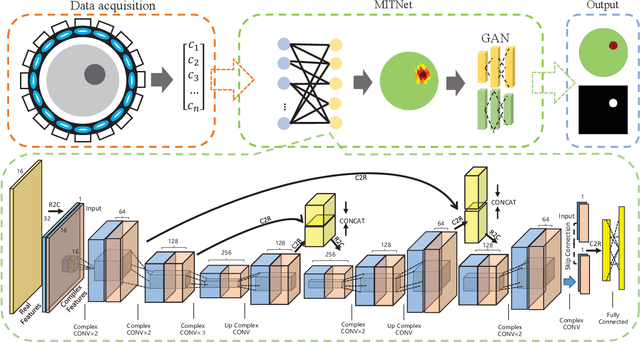Qing Yuan
SIN:Superpixel Interpolation Network
Oct 17, 2021



Abstract:Superpixels have been widely used in computer vision tasks due to their representational and computational efficiency. Meanwhile, deep learning and end-to-end framework have made great progress in various fields including computer vision. However, existing superpixel algorithms cannot be integrated into subsequent tasks in an end-to-end way. Traditional algorithms and deep learning-based algorithms are two main streams in superpixel segmentation. The former is non-differentiable and the latter needs a non-differentiable post-processing step to enforce connectivity, which constraints the integration of superpixels and downstream tasks. In this paper, we propose a deep learning-based superpixel segmentation algorithm SIN which can be integrated with downstream tasks in an end-to-end way. Owing to some downstream tasks such as visual tracking require real-time speed, the speed of generating superpixels is also important. To remove the post-processing step, our algorithm enforces spatial connectivity from the start. Superpixels are initialized by sampled pixels and other pixels are assigned to superpixels through multiple updating steps. Each step consists of a horizontal and a vertical interpolation, which is the key to enforcing spatial connectivity. Multi-layer outputs of a fully convolutional network are utilized to predict association scores for interpolations. Experimental results show that our approach runs at about 80fps and performs favorably against state-of-the-art methods. Furthermore, we design a simple but effective loss function which reduces much training time. The improvements of superpixel-based tasks demonstrate the effectiveness of our algorithm. We hope SIN will be integrated into downstream tasks in an end-to-end way and benefit the superpixel-based community. Code is available at: \href{https://github.com/yuanqqq/SIN}{https://github.com/yuanqqq/SIN}.
MITNet: GAN Enhanced Magnetic Induction Tomography Based on Complex CNN
Feb 16, 2021



Abstract:Magnetic induction tomography (MIT) is an efficient solution for long-term brain disease monitoring, which focuses on reconstructing bio-impedance distribution inside the human brain using non-intrusive electromagnetic fields. However, high-quality brain image reconstruction remains challenging since reconstructing images from the measured weak signals is a highly non-linear and ill-conditioned problem. In this work, we propose a generative adversarial network (GAN) enhanced MIT technique, named MITNet, based on a complex convolutional neural network (CNN). The experimental results on the real-world dataset validate the performance of our technique, which outperforms the state-of-art method by 25.27%.
 Add to Chrome
Add to Chrome Add to Firefox
Add to Firefox Add to Edge
Add to Edge